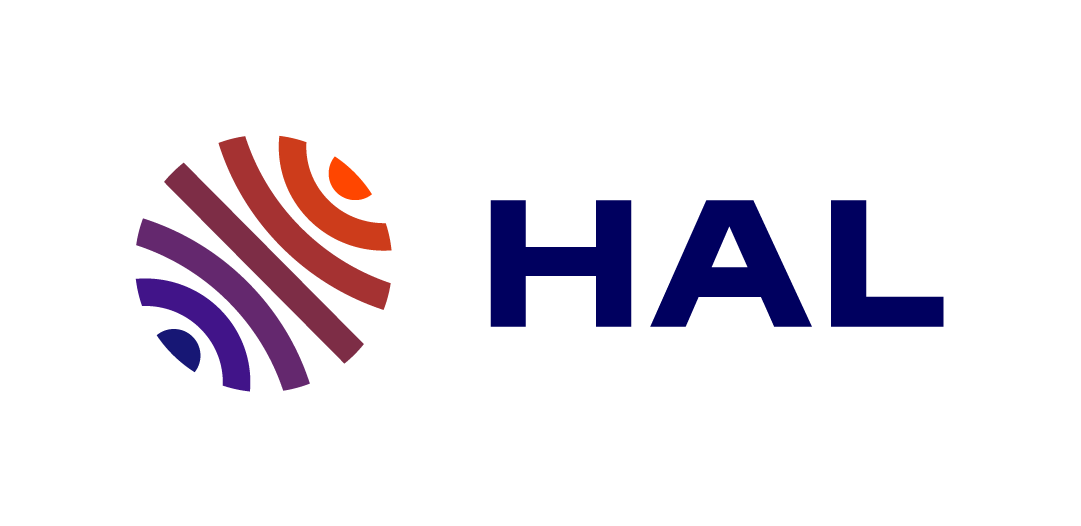 | IHPE UMR 5244 Université de Montpellier Place Eugène Bataillon CC 80 F-34095 Montpellier Cedex 5 Tel +33(0)4-67-14-37-26 Fax +33(0)4-67-14-46-22 email: avaldivi@ifremer.fr |
GRADE : Post-doctorant CNRS
EQUIPE : MIA
Télécharger le CV anglais
RESEAUX SOCIAUX SCIENTIFIQUES :
| Orcid | HAL | Research Gate | Scopus Preview | Google Scholar | Linked In |
| Lien | alejandro-valdivieso | Lien | Lien | - |
DOMAINE D’EXPERTISE/RECHERCHE :
Ma formation scientifique est basée sur la génétique, l’épigénétique et les mécanismes moléculaires impliqués dans la reproduction des poissons.
J’étudie comment les effets des facteurs environnementaux modifient les marques épigénétiques et ces effets sont observés sur le phénotype des huîtres.
Je suis également intéressé par l’utilisation de l’apprentissage automatique pour transférer des connaissances scientifiques vers une application industrielle.
PUBLICATIONS :
6 documents
Articles dans une revue
- Janan Gawra, Alejandro Valdivieso, Fabrice Roux, Martin Laporte, Julien de Lorgeril, et al.. Epigenetic variations are more substantial than genetic variations in rapid adaptation of oyster to Pacific oyster mortality syndrome. Science Advances , 2023, 9 (36), pp.eadh899. ⟨10.1126/sciadv.adh8990⟩. ⟨hal-04202595⟩
- Alejandro Valdivieso, Catherine A Wilson, Angel Amores, Maira Da Silva Rodrigues, Rafael Henrique Nóbrega, et al.. Environmentally-induced sex reversal in fish with chromosomal vs polygenic sex determination. Environmental Research, 2022, 213, pp.113549. ⟨10.1016/j.envres.2022.113549⟩. ⟨hal-04000205⟩
- Thomas Desvignes, Henrik Lauridsen, Alejandro Valdivieso, Rafaela S Fontenele, Simona Kraberger, et al.. A parasite outbreak in notothenioid fish in an Antarctic fjord. iScience, 2022, 25, pp.104588. ⟨10.1016/j.isci.2022.104588⟩. ⟨hal-04000063⟩
Communications dans un congrès
- Alejandro Valdivieso, Lionel Dégremont, Guillaume Mitta, E. Mege, Janan Gawra, et al.. DNA methylation changes associated to Pacific Oyster Mortality Syndrome in Crassostrea gigas. EPIMAR 2022, Oct 2022, Woods Hole, Massachussets, United States. ⟨hal-03965103⟩
- Jeremie Vidal-Dupiol, Janan Gawra, Julien de Lorgeril, Yannick Gueguen, Fabrice Roux, et al.. Determinants and relative weight of genetic and epigenetic variation in the resistance of the oyster Crassostrea gigas to the Pacific Oyster Mortality Syndrome. EPIMAR 2022, Oct 2022, Woods Hole (MA), United States. ⟨hal-03965076⟩
Pré-publications, Documents de travail
- Janan Gawra, Alejandro Valdivieso, Fabrice Roux, Martin Laporte, Julien de Lorgeril, et al.. Epigenetic then genetic variations underpin rapid adaptation of oyster populations (Crassostrea gigas ) to Pacific Oyster Mortality Syndrome (POMS). 2024. ⟨hal-04651019⟩

